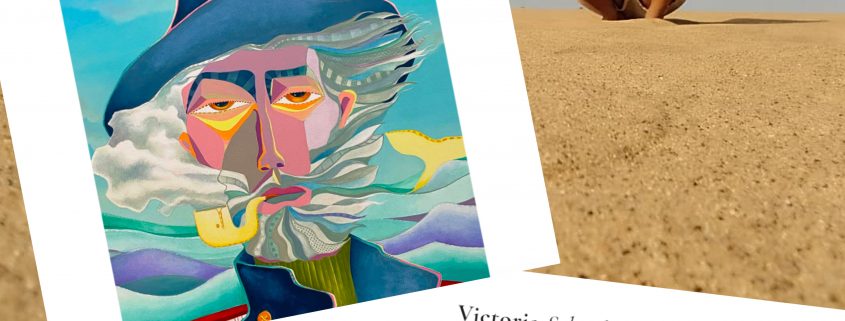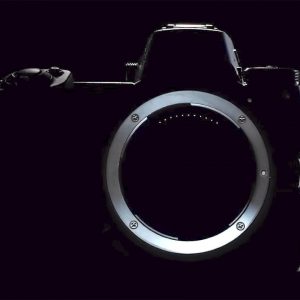If you want to build your art collection, you should do so in an intelligent manner. This is so that everything you buy for your collection wouldn’t be considered as a waste of money. However, collecting art intelligibly would require you to master two things: good research skills and the skill of collecting.
Starting On The Thought Of Collecting
 Generally, as most people do, you’d probably have the knowledge of buying art on a piece-per-piece basis, yet still may not be thinking of plans like making multiple achievements as time passes by, or simply, building up a collection.
Generally, as most people do, you’d probably have the knowledge of buying art on a piece-per-piece basis, yet still may not be thinking of plans like making multiple achievements as time passes by, or simply, building up a collection.
Although it is possible to find artworks that you like anywhere you go, and get to choose from an outstanding diversity of subject matters, mediums, and price ranges; doing so can still be confusing and intimidating, especially if you’re still starting.
Questions such as: “How exactly do you push your way through and choose which direction to make an entrance?” “How can you relate one buy to the other?”;”How should you group or organize your art?”; “Are there ways of presenting it?”; and lastly “How can you do everything in an excellent manner?”; may come play in your mind.
However, once you get these queries off you head then you’ll get to understand the real meaning of “collection”, which is the crucial case of controlled and purposeful buying.
The Great Collections
Great collectors are extensively respected and usually as popular as the artworks they collect; such as the Rockefeller collection, the Chrysler collection, and the Phillips collection, to name a few. Such collectors are famous since they demonstrate a great deal of talent when choosing and organizing their art, just like the artists themselves are in making the masterpiece. Similarly, each piece of art in one great collection orders first-class attention as well as a first-rate price not just because the piece is good, but also of the name of the company it bears.
If you wish to know more about the great collections, I suggest you have a look at Modern Art on Display: The Legacies of Six Collectors, by K. Porter Aichele.
I came across this book randomly on Amazon some time ago. I liked it the moment it reached my doorstep as it looks at art collecting in the twentieth as a complex game of finance, instinct but above all knowledge and culture. In a few words, it explores the theory that collectors of modern art in the first half of the twentieth century had more than financial means, keen instincts, and unflappable gumption: they had the ambition to learn about the art they collected.
How Great Is ‘Great’?
So how exactly do great collectors become great? Well, experts believe that it is this skill of being able to categorize specific artworks from the billions of works existing and assemble them in such a manner aiming to advance or increase other’s understanding of such particular art or of art’s evolution in general.
For any kind of mature collection, the whole thing, as a group, becomes greater than the value of the parts. Thus, the collector becomes accepted to be a respected authority in the matter and in outstanding cases continues until he’s the one that sets the standards, establishes the trends, and influences the future of art collecting for all.
This is how meaningful and influencing great art collections can be. It all starts from a single piece of art, until the whole collection itself becomes a separate artwork from its components.
If the topic of how collectors influence the value of art and how fortunes are made in the market of fine art interest you, I recommend this book: FINE ART AND HIGHT FINANCE by Clare McAndrew. This reading opened to me a massive window on what is nowadays known as ‘The Art Economy’ and enriched me with useful insights on valuation, trend and marketing in the almost impenetrable world of fine art.










